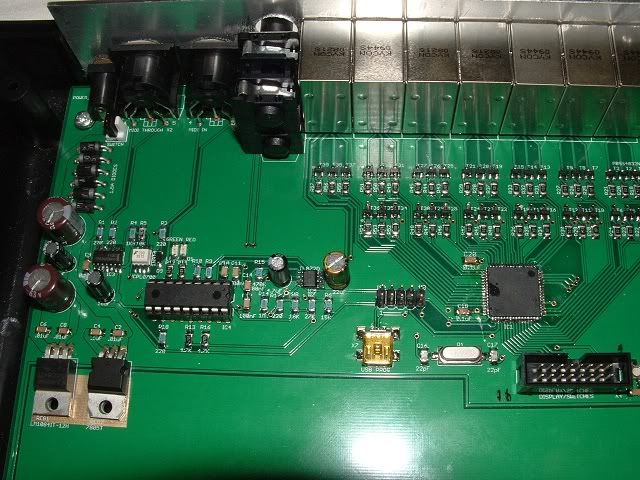Jman 31
Member level 2
I posted this with another thread that I had started, but I was afraid it may have gotten buried in that thread. I hope this is not against forum policy to post it here.
I have a question concerning this THIS SCHEMATIC that I designed. I built a prototype with out some of the peripherals just for test purposes. The guy that is programming it is having issues getting the **broken link removed** to talk to the chip. Could someone possibly look over the ISP and Atmega128 portion of my schematic to see if maybe I made a mistake in my design? Any advice would be greatly appreciated. (I used the footprint from an atmega103 to draw the schematic, but the pinout is the same). I wonder if it has to do with the RESET or PEN pins not being pulled high?
Here is a photo of the board:

I have a question concerning this THIS SCHEMATIC that I designed. I built a prototype with out some of the peripherals just for test purposes. The guy that is programming it is having issues getting the **broken link removed** to talk to the chip. Could someone possibly look over the ISP and Atmega128 portion of my schematic to see if maybe I made a mistake in my design? Any advice would be greatly appreciated. (I used the footprint from an atmega103 to draw the schematic, but the pinout is the same). I wonder if it has to do with the RESET or PEN pins not being pulled high?
Here is a photo of the board:

Last edited: